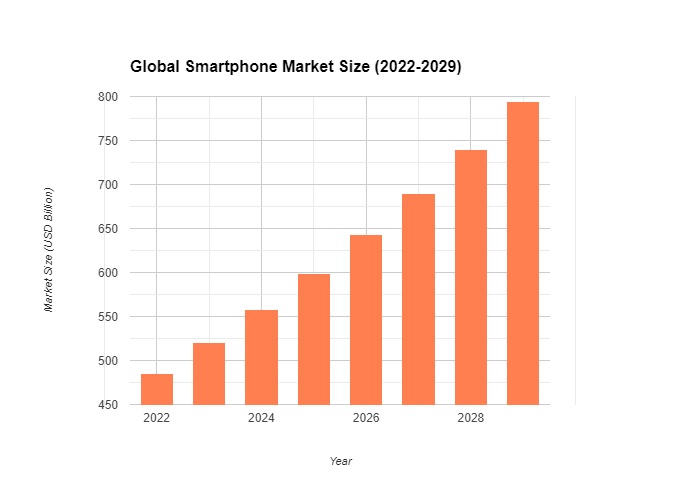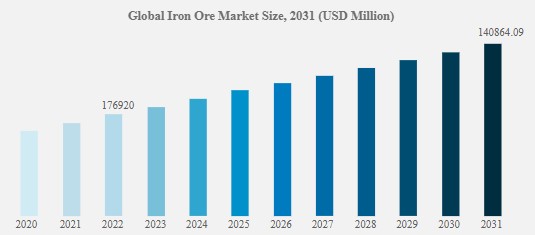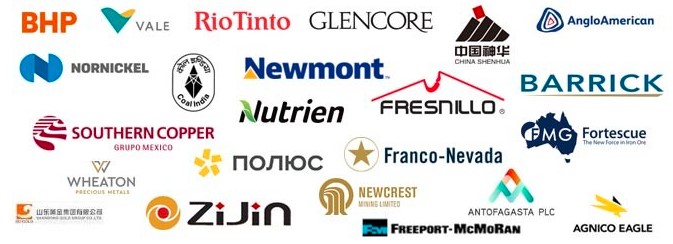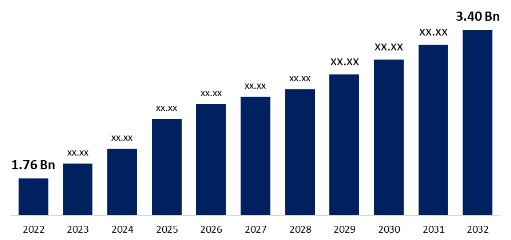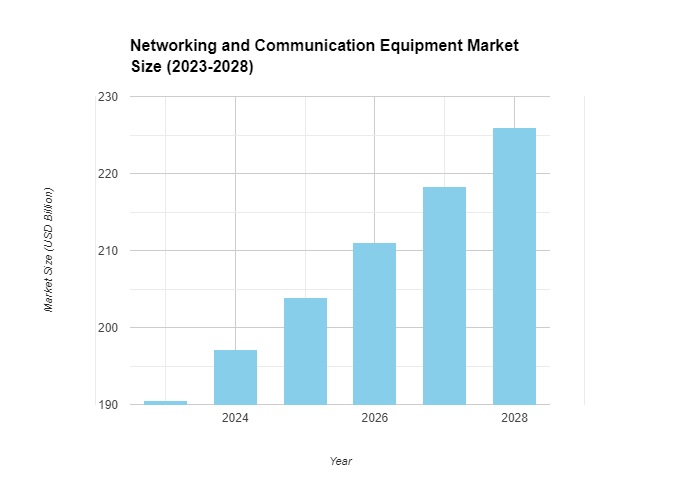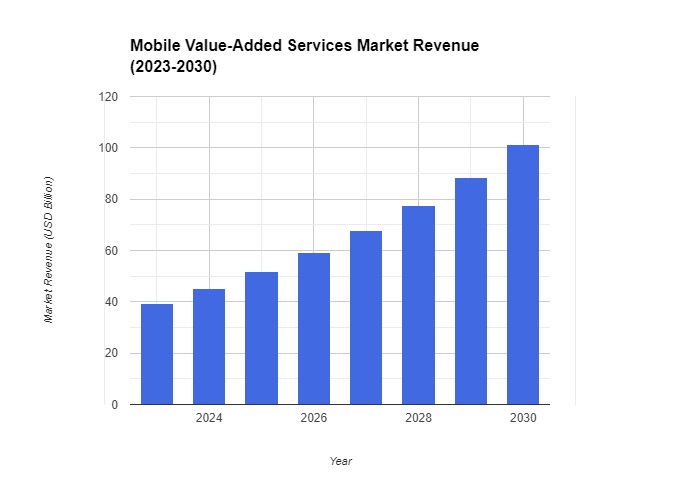The gluten-free market is rising like a perfectly baked souffle. Projected to reach a staggering USD 42.3 billion by 2027, this market is experiencing a robust CAGR of 8.2%, fueled by a confluence of factors. Let's delve deeper into the market stats, revenue, challenges, and key players shaping this dynamic and ever-expanding landscape.
Market Stats and Revenue Breakdown:
- Beyond Celiac Disease: While diagnoses of celiac disease remain stable, the primary growth driver is a surge in individuals with gluten sensitivity and those seeking perceived health benefits or adhering to specific dietary preferences. This broader consumer base is driving demand for gluten-free products across categories.
- Product Diversification: The market boasts a wider variety of gluten-free offerings than ever before. From staples like bread and pasta to trendy options like snack bars and plant-based alternatives, there's something for every dietary need and taste bud. The gluten-free bakery market itself is anticipated to reach USD 2.15 billion by 2032, highlighting the consumer interest in familiar, delicious gluten-free baked goods.
- Revenue Streams: The revenue in the gluten-free market is generated through various channels, including supermarkets, specialty stores focused on gluten-free and health foods, online retailers, and convenience stores. As awareness and product availability increase, traditional grocery stores are expected to contribute a growing share of revenue.
Challenges and Considerations for Continued Growth:
- Cost Factor: Despite increasing competition and production efficiencies, gluten-free products can still be more expensive than their wheat-containing counterparts. This remains a hurdle for budget-conscious consumers and limits wider accessibility.
- Ingredient Transparency and Regulation: With a vast array of products available, ensuring clear labeling and transparency regarding ingredients is crucial. Consumers with celiac disease or severe gluten sensitivity need to be confident about the absence of gluten. Consistent global regulations and certifications for gluten-free labeling would further bolster consumer trust.
- Maintaining Quality and Taste: Matching the taste, texture, and performance of traditional wheat-based products can be challenging. However, advancements in gluten-free flours, ingredients, and baking techniques are continuously improving the overall gluten-free food experience.
Major Players and Rising Stars:
- Legacy Brands Embracing Change: Established bakery companies like Bimbo Bakeries USA (Flowers Foods) and Grupo Bimbo are recognizing the potential of the gluten-free market and expanding their offerings under popular brand names. This trend signifies the growing mainstream acceptance of gluten-free options.
- Specialty Gluten-Free Powerhouses: Dedicated gluten-free brands like Udi's Gluten-Free and Schar (Dr. Schär AG) are major players with a strong presence across various product categories. These brands are constantly innovating and catering to the specific needs of gluten-free consumers.
- Emerging Niche Players: The market is also witnessing the rise of niche players focused on specific dietary needs. For example, companies offering gluten-free, vegan, and allergen-free products are gaining traction as consumers seek solutions for multiple dietary restrictions.
The Future of Gluten-Free: Innovation and Inclusivity Take Center Stage
Innovation and inclusivity will be key drivers of the future gluten-free market. Here are some trends to watch:
- Affordability Focus: Manufacturers are exploring ways to make gluten-free products more affordable through efficient production methods, alternative ingredients, and potentially, increased competition. Reaching a wider audience is crucial for sustained growth.
- Ingredient Advancements: New and innovative gluten-free flours, starches, and baking aids are continuously being developed. These advancements promise to further improve the taste, texture, and functionality of gluten-free products, making them even more indistinguishable from their wheat-based counterparts.
- Focus on Allergen-Free and Functional Foods: Many gluten-free consumers also have other allergies or dietary restrictions. Products catering to multiple needs, such as gluten-free, dairy-free, and nut-free options, will be increasingly sought after. Additionally, the rise of functional foods might see the development of gluten-free products enriched with additional nutrients or featuring specific health benefits.
By addressing the challenges and embracing innovation, the gluten-free market is poised for continued growth and mainstream acceptance. As awareness, product variety, and affordability improve, the future promises a delicious and inclusive selection of gluten-free options for everyone.


